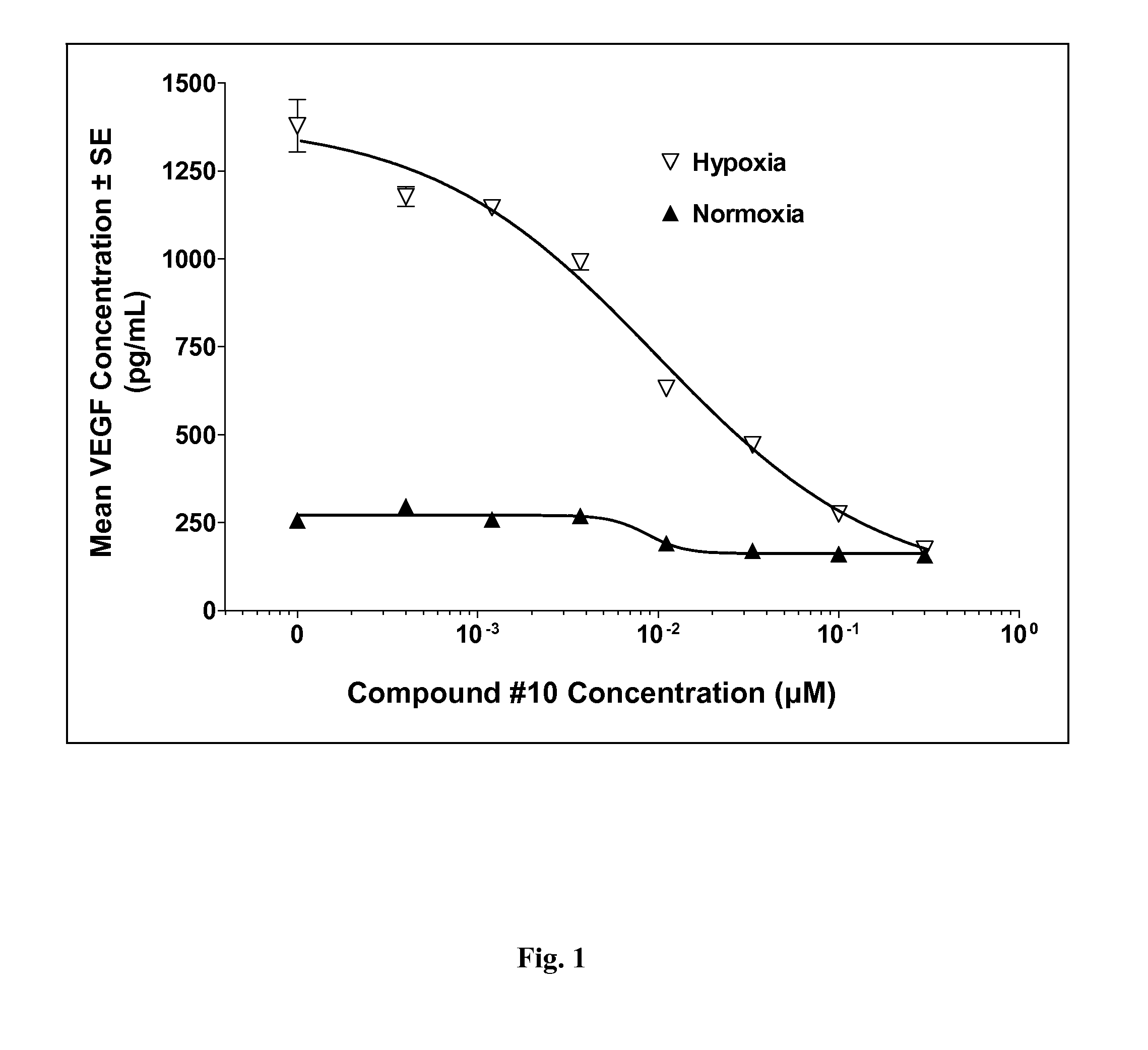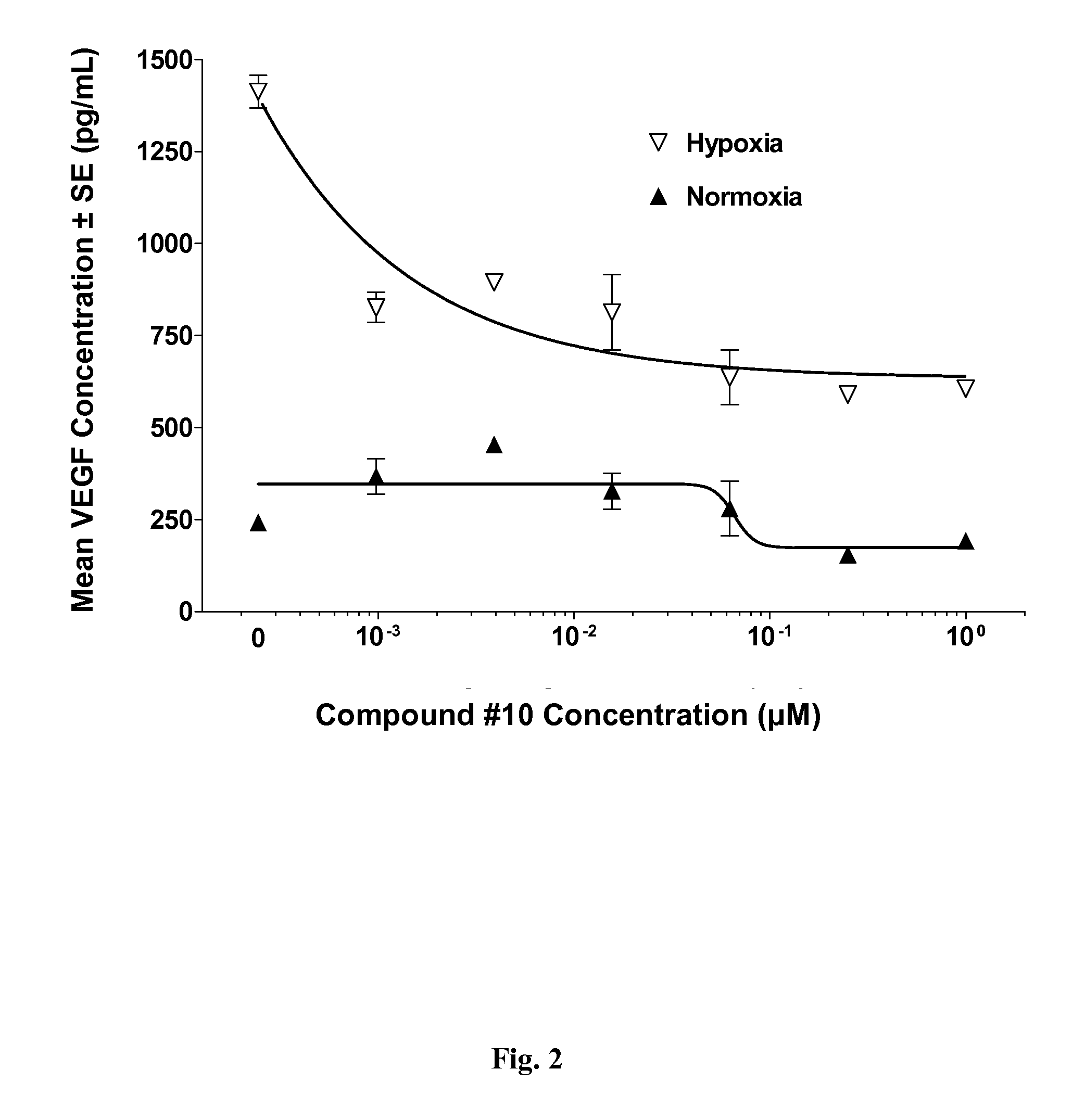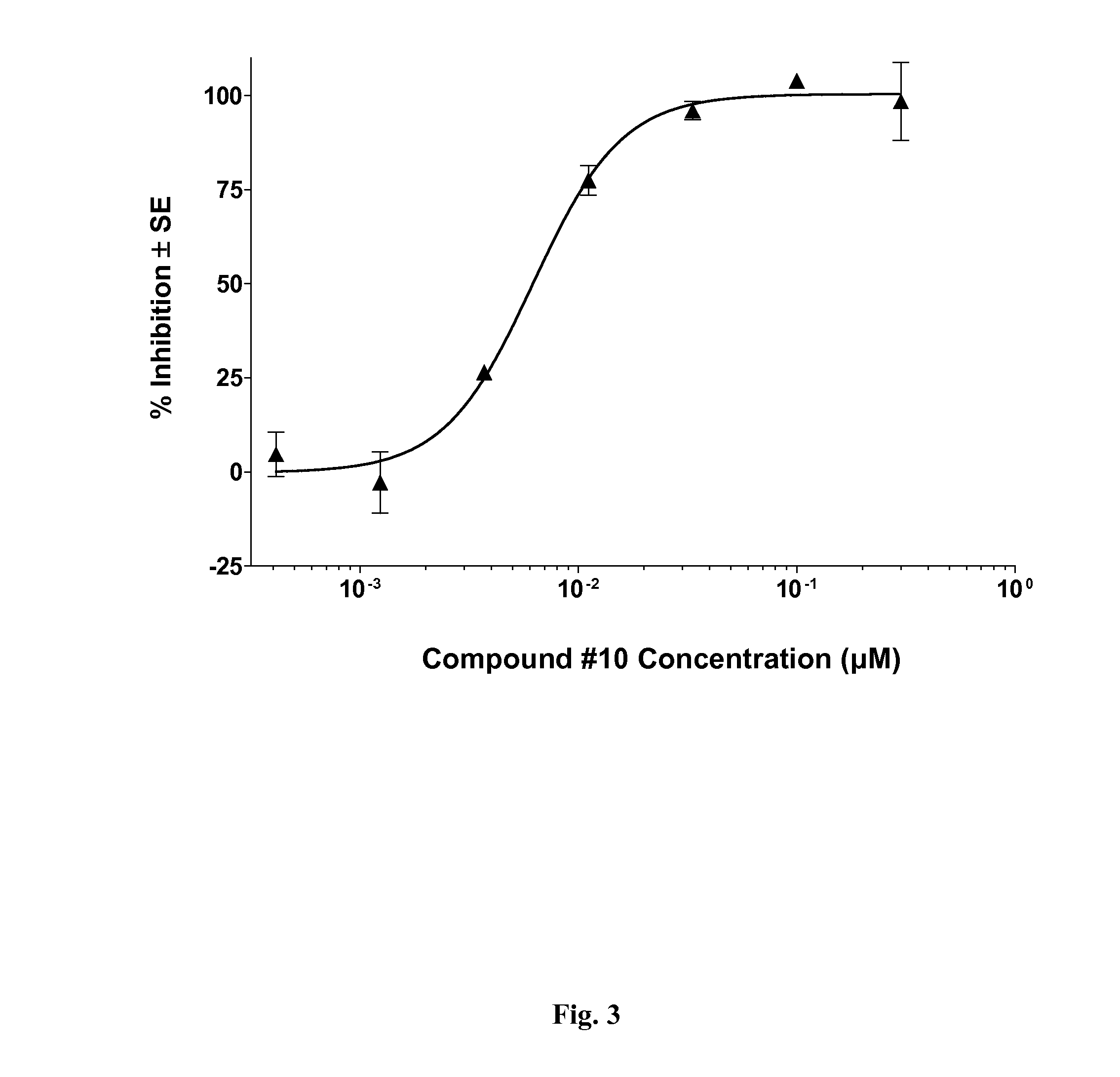Methods for treating kaposi sarcoma
a kaposi sarcoma and kaposi sarcoma technology, applied in the field of kaposi sarcoma treatment methods, can solve the problems of life-threatening, nausea, vomiting, abdominal pain, etc., and achieve the effects of limiting the limiting the vascularization and further growth of solid tumors, and minimizing the dark, bruise-like discoloration associated with the diseas
- Summary
- Abstract
- Description
- Claims
- Application Information
AI Technical Summary
Benefits of technology
Problems solved by technology
Method used
Image
Examples
Embodiment Construction
[0118]Presented herein are methods for treating KS. In one aspect, the methods for treating KS involve the administration of a Compound, as a single-agent therapy, to a patient in need thereof. In a specific embodiment, presented herein is a method for treating KS, comprising administering to a patient in need thereof an effective amount of a Compound, as a single-agent. In another embodiment, presented herein is a method for treating KS, comprising administering to a patient in need thereof a pharmaceutical composition comprising a Compound, as the single active ingredient, and a pharmaceutically acceptable carrier, excipient or vehicle.
[0119]In another aspect, the methods for treating KS involve the administration of a Compound in combination with another therapy (e.g., one or more additional therapies that do not comprise a Compound, or that comprise a different Compound) to a patient in need thereof. Such methods may involve administering a Compound prior to, concurrent with, or...
PUM
| Property | Measurement | Unit |
|---|---|---|
| time | aaaaa | aaaaa |
| time | aaaaa | aaaaa |
| time | aaaaa | aaaaa |
Abstract
Description
Claims
Application Information
 Login to View More
Login to View More - R&D
- Intellectual Property
- Life Sciences
- Materials
- Tech Scout
- Unparalleled Data Quality
- Higher Quality Content
- 60% Fewer Hallucinations
Browse by: Latest US Patents, China's latest patents, Technical Efficacy Thesaurus, Application Domain, Technology Topic, Popular Technical Reports.
© 2025 PatSnap. All rights reserved.Legal|Privacy policy|Modern Slavery Act Transparency Statement|Sitemap|About US| Contact US: help@patsnap.com



